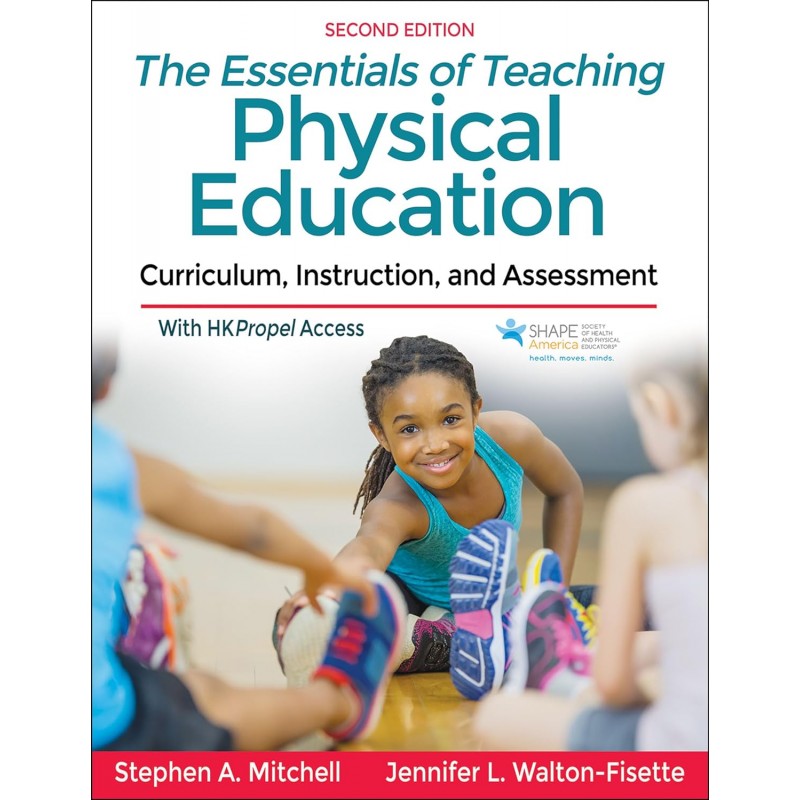The Essentials of Teaching Physical Education, Second Edition, offers what every future physical educator wants:: the opportunity to hit the ground running on day one of their career, ready to deliver an effective program.
In this new edition, future K-12 physical educators will find an accessible and effective approach to delivering vital content to students. The book takes a standards-based approach that is fully integrated with SHAPE America assessments, and its teaching for learning approach to curriculum development takes the guesswork out of translating the texts information into action.
The Essentials of Teaching Physical Education is fully updated from its successful first edition and is augmented by new material. A new chapter on social-emotional learning and trauma-informed practices helps prepare readers in areas that are crucial in todays educational landscape. A new special element, Critical Perspective on Teaching and Learning, helps future and current teachers understand the importance of critical analysis and equity issues in all aspects of teaching and learning, including the learning context, the student body, the curriculum, and what and how content is taught. This new edition also features expanded instructor ancillaries.
This comprehensive text covers what future teachers need to know about teaching K-12 physical education, offering a flexible, individualized approach to enhance student learning and acquisition of skills. As readers work their way through the text, they can acquire the following::
- A strong working knowledge of standards and standards-based learning outcomes that will help students achieve those outcomes
- The ability to plan for learning in both the short and long term
- The management and teaching skills they need to ensure an equitable environment that fosters student learning in the psychomotor, cognitive, and affective domains for all students
- The means to assess student learning and program effectiveness
To assist students using the text, the second edition of
The Essentials of Teaching Physical Education has related online learning activities delivered through HK
Propel. This includes supplemental activities for each chapter and key figures from the text.
With advice, tips, and success stories from top physical educators,
The Essentials of Teaching Physical Education offers readers an inside look at how to motivate students while focusing on what teachers really need to know to succeed. It delivers practical and essential information and guidance on the most relevant topics for todays physical educators, including physical literacy, accountability, social justice, social-emotional learning, and trauma-informed practices. Everything a physical educator needs to know to succeed is found here, delivered in a straightforward and highly readable manner.
Note:: A code for accessing HK
Propel is not included with this digital version but may be purchased separately.


 Dostawa
Dostawa
 Płatność
Płatność
 Zwroty
Zwroty
